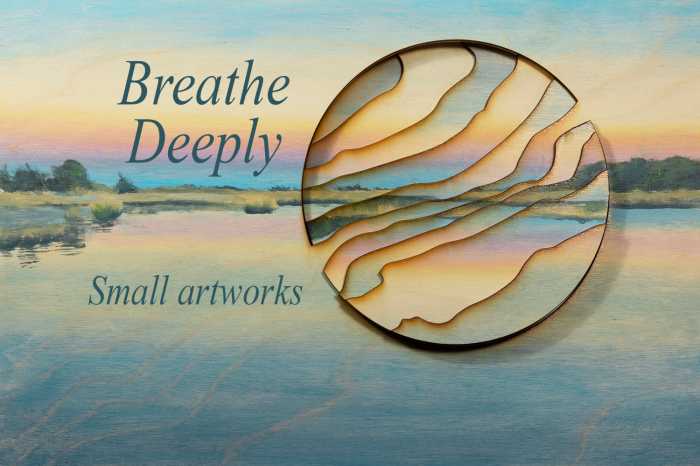Dale Chihuly Creates Glass Holocaust Memorial in Westhampton Beach

In the beginning, “ruach Elohim,” the Spirit of God, blew into the waters and created the earth. He saw it was good. He then blew into the waters to create man in his image.
In 1965, Dale Chihuly melted sand. He pulled a hot glass ball out of his oven, added color, put his pipe to the glass, and blew the biggest bubble of glass anyone had ever known. At one time he would’ve needed a factory to realize his vision. Instead he was working with a recently created oven built for artist’s studios. It had come along at just the right time, at the beginning of Chihuly’s journey to change the very nature of glass. Before Chihuly and his oven, glass was functional. It was a bowl, a cup, a glass. What did Chihuly do? He made glass sculptural.
He started with that bubble from melted sand and waved it around to create various shapes we had never seen. As the National Endowment for the Arts put it, he was a magician. It had never been done. From those initial thin stems he moved on to bigger and more complex creations. You’ve probably seen one of his most famous works, the “Fiori di Como,” the “Flowers of Como,” a 2,000-sqaure-foot ceiling of vibrant hand-blown blossoms in a galaxy of colors in the Bellagio Hotel in Las Vegas. (It’s been said that Dale Chihuly never met a color he didn’t like.) He has created beautiful organic shapes for the home and public installations. In the mid-1990s he took his team of artisans to glass factories in Finland, Ireland, Mexico and Italy and created 15 glass chandeliers — 27 feet by 12 feet each — to hang over the canals of Venice. He imported tons of ice blocks from Alaska to Jerusalem which he placed on a wall and flooded with colored lights. As it melted it created shapes to complement his work nearby in an exhibition called “Chihuly in the Light of Jerusalem.” He has designed startling organic shapes in gardens which you are sure are real foliage until you are on top of them, and they’re glass. Chihuly is unparalleled in the art world. He is the master. Sixty years ago he put glass as an art form on the map. Since then, there has yet to be any competition for his place in the history of art.
In June of 2021, Chihuly met Rabbi Marc Schneier. How and why?
As his mother, I can tell you that Rabbi Schneier is another unparalleled phenomenon. It was Passover 2021 and Marc, then age 62, asked me to introduce him to my friend and colleague as his afikomen prize. He hoped Chihuly might decorate the 750-square-foot glass facade of Jack’s House on the Hampton Synagogue Campus at the time still under construction.
We flew to Seattle. You know the rest.
Rabbi Marc asked for a Ner Tamid, an Eternal Light, for the children’s chapel (where the glass facade is located).
Done.
Rabbi Marc wasn’t finished. He asked for a menorah for the chapel.
Answer. “No. I don’t do menorahs.”
Chihuly’s work is abstract not representational.
Rabbi Marc does not quit. We now have a magnificent 10 x 7-foot menorah opposite the Chihuly Window.
Rabbi Marc asked for a mezuzah for the door. “No. I don’t do mezuzahs.”
Rabbi Marc doesn’t quit. We now have a Chihuly mezuzah on the door to Jack’s House.
Rabbi Marc then proposed a Holocaust monument to the 1.5 million children burned in the Holocaust. The result, thanks to all of you, is outside Jack’s House today. A 25-foot structure, one half white symbolizing the purity of the children and the other half red, yellow and orange symbolizing the flames. The structure is mounted on charred railroad tracks.
It is the only Holocaust memorial created by Chihuly and the only one in the Hamptons.










